

The Grampians Peaks Trail is Victoria’s newest multi-day hiking trail that officially opened on the 13th November 2021. The trail is Victoria’s longest new hiking trail (160km) since the construction of the Great Ocean Walk (100km) was opened in January 2006. The Grampians Peaks Trail is designed as a 13 day / 12 night end to end trail experience that spans the entire length of the National Park, however it’s expected many hikers will tackle different sections over multiple visits. For more info on the trail check out the info below –
Grampians Peaks Trail – Stages
The Grampians Peaks Trail is designed to be walked in 1 direction from Mount Zero in the north to Dunkeld in the south of the Grampians.
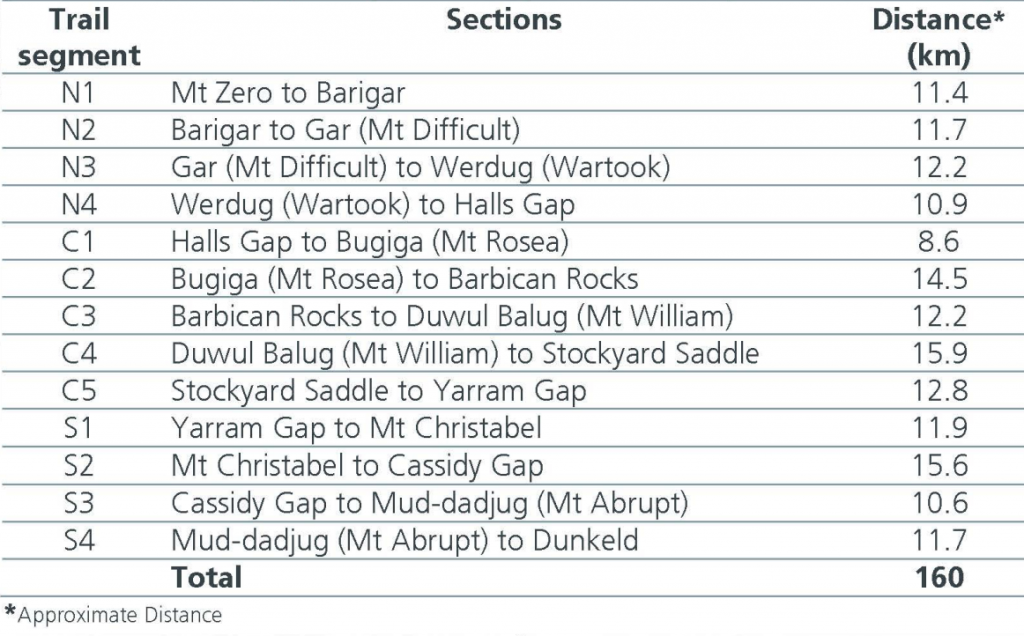
Grampians Peaks Trail Map
The below two images have been developed by Parks Victoria to provide an overview of the 160km Grampians Peaks Trail that will run from near Dunkeld in the south to Mount Zero in the north.


Grampians Peaks Trail – Planning & Safety Information Video
GPT – Northern Section – 4 Days/46kms
Northern section of the Grampians Peaks Trail highlights the planned route from Mount Zero to Halls Gap. This section is designed to be completed over 4 days with a total distance of 46.2kms.
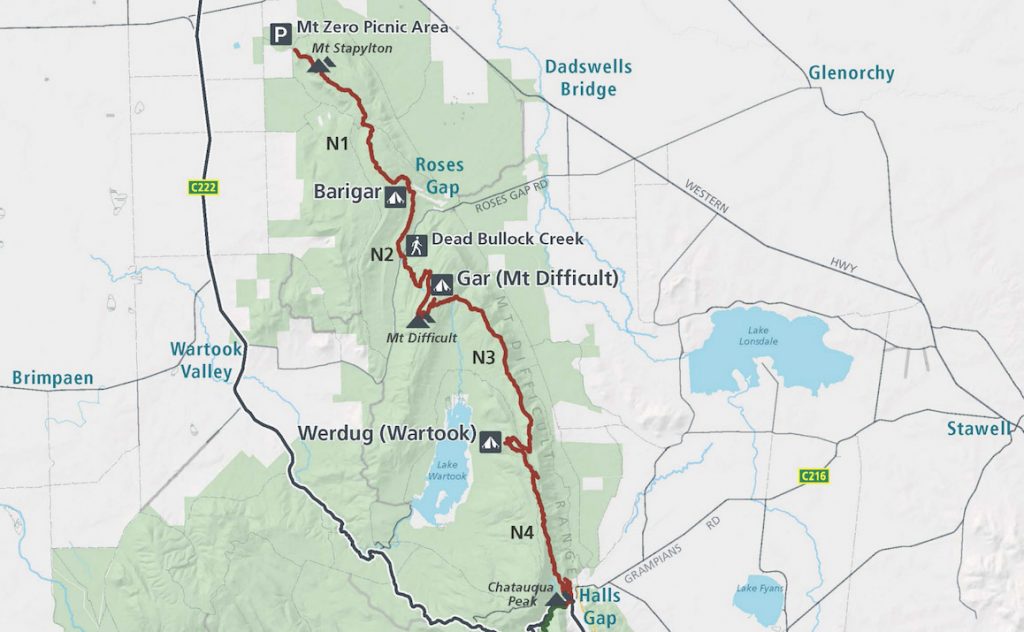

GPT – Central Section – 5 Days/64kms
Central section of the Grampians Peaks Trail highlights the planned route from Halls Gap to Yarram Gap. This section is designed to be completed over 5 days with a total distance of 49.8kms.


GPT – Southern Section – 4 Days/50kms
Southern section of the Grampians Peaks Trail highlights the planned route from Yarram Gap to Dunkeld. This section is designed to be completed over 4 days with a total distance of 49.8kms.


Grampians Peaks Trail – Campground Names
Parks Victoria has worked closely with local Traditional Owners to identify appropriate names for each campground.
The names for the campgrounds are (from north to south):
- Barigar (North of Roses Gap)
- Gar (near the Mt Difficult summit)
- Werdug (overlooking Lake Wartook from Mt Difficult Range)
- Bugiga (southern area of the Wonderland Range)
- Barri Yalug (Barbican Rocks)
- Duwul (near the Mt William summit)
- Durd Durd (South of the Major Mitchell Plateau)
- Yarram (North of Yarram Gap)
- Wannon (at Mt Christobel)
- Djardi-Djarwara (near Cassidy Gap)
- Mud-Dadjug (on Mt Abrupt)
Frequently Asked Questions (FAQ’s)
The below FAQ’s have been provided by Parks Victoria. For any specific questions relating to the walk please feel free to call Jono Ingram from Good Times Tours on 0410 341 228.
Do I have to do the full 160km hike?
No, there are lots of ways you can experience the Grampians Peaks Trail! Create your ideal experience and choose from various length hikes ranging from day walks to one day walks to 3 and 4 day itineraries through to the full 13 days/12nights.
How difficult is the Grampians Peaks Trail?
The Grampians Peaks Trail is a challenging long-distance hike. Most sections of the trail are classified as Grade 4, however, some sections vary from Grade 3 to Grade 5. The trail has been assessed along the full length, however surface changes due to weather impacts may at times make some sections of walk more difficult. It is important that all hikers are experienced, prepared and have a good fitness level if attempting the trail.
How much does it cost to hike the Grampians Peaks Trail?
We want parks to be open and accessible and there is no charge to hike the Grampians Peaks Trail. Some sections of the trail can be done as day walks for free. While the hike itself is free, the 11 hike-in campgrounds do have a charge, as do all bookable campsites in parks. These hike-in campgrounds are in very remote locations, you’re not near a busy road or carpark, so you feel the reward of being deep inside the national park. They have been built with a good level of amenity, are well designed, sympathetic to the landscape and sustainable. As such, they are priced higher for the value they provide.The majority of hikers will do shorter sections of the trail rather than the full hike, making it more accessible (easier to do) and more affordable (less of a cost outlay).The price for a standard tent pad for the full trail (13-days/12-nights) is $524.70 ($262.35 per person for two people sharing) plus one night off-trail accommodation in Halls Gap. That’s roughly $47 per night ($24 per person if sharing) in fees for the 11 unique, well-equipped hike-in campgrounds.
Why are the overnight camping fees higher than other campgrounds in the park?
The cost of camping contributes to the operation and maintenance of this outstanding experience and to protect this heritage-listed national park.Total costs are dependent on the number of nights hikers stay, with the majority of hikers expected to walk shorter itineraries, rather than the full 12 night/13 days.Each hike-in campground is uniquely designed to be sympathetic with the natural environment with excellent amenities for a great experience for hikers. They all include basic toilet facilities, untreated water tanks and some have an unpowered communal shelter or gathering area for meal preparation. They are in remote locations, therefore the cost to maintain and service the campgrounds is higher than other campgrounds. The booking cost reflects this.The booking costs per tent pad are:
$47.70 per night for up to two people on a 3.5m x 3.5m standard tent pad, or
$56.80 per night for up to three people on a large tent pad (available at 2 hike-in campgrounds).If sharing a tent pad, the cost per night is therefore either $23.85 or $18.93 per person.The majority of walkers will do shorter itineraries, rather than the full walk, making it more accessible (easier to do) and more affordable (less of a cost outlay).For those who do want to do the full 13-day/12-night hike the cost would be:
Per person (2 people sharing) – $262.35 plus one night accommodation in Halls Gap.
Per person travelling alone – $524.70 plus one night accommodation in Halls Gap.
Why do some campgrounds have a different level of service but the same price?
The pricing of campgrounds is calculated along the full length of the trail, rather than by individual campground. Service costs are taken into account when calculating the price structure. The cost to service a campground relates not just to the level of facilities it offers, but also to its location. Some campsites with a lower level of facilities are in more remote areas which increases the cost to service them.
Where is water available on the trail?
Untreated water is available at tanks at campgrounds and trailheads. Hikers must have a reliable and easy way to treat water for drinking. Each hiker should carry at least 3 to 4 litres per day.
Why can’t I book to walk from south to north?
To manage the number of people on the trail camping bookings can only be made from north to south. This reduces any potential congestion on the track and at campgrounds and creates a less crowded experience. Walking north to south is also the best way to experience Grampians Peaks Trail. Many of the key features of the landscape unexpectedly and dramatically reveal themselves to the walker when travelling in this direction.
Why do I have to book all nights in a set itinerary? i.e: I can’t skip a night if I’m choosing to do a longer day and combine sections of the trail
In order to enable people to book camping along the entire trail, we’ve needed to set-up the booking system in blocks, otherwise there would be too many single-night gaps that would make it difficult for other people to book their hiking trip.
Can I do the Grampians Peaks Trail and choose other campgrounds within the national park to stay at?
Hikers along overnight sections of the Grampians Peaks Trail must use bookable campgrounds to ensure visitor numbers are managed and the natural landscape protected. For experienced hikers and people who are very familiar with Grampians (Gariwerd) National Park it is possible to hike large sections of the trail and stay at other bookable campgrounds in the park. These campgrounds require you to walk further distance as they’re not located directly on the Grampians Peaks Trail and they may not have the same level of amenities or remote location, however, they are less expensive.
On the suggested full Grampians Peaks Trail itinerary, day 4 ends in Halls Gap, and then day 5 begins by walking to Bugiga. Is there a campsite for the end of day 4 walk?
No. With many accommodation options in Haps Gap and limited practical options to build new campsites within the Grampians (Gariwerd) National Park, it is required that walkers book separate accommodation or camping in Halls Gap for night 4. For help in booking 1-night accommodation in Halls Gap go to Visit Grampians (during weekends and peak times some hotels in Halls Gap have a 2-night minimum stay).
Why can’t I book a hut?
The huts are only available to book by Licensed Tour Operators who are licensed to run facilitated walks on the trail.
Why can’t I book after June 2022?
As this long-distance hike is new, we are taking the opportunity to assess initial walker and Licensed Tour Operator feedback and experience to ensure that it meets expectations and operates smoothly. This will inform if any minor changes need to be made after mid-2022. Therefore, bookings for July 2022 onwards will not initially be available.
What You’ll Experience
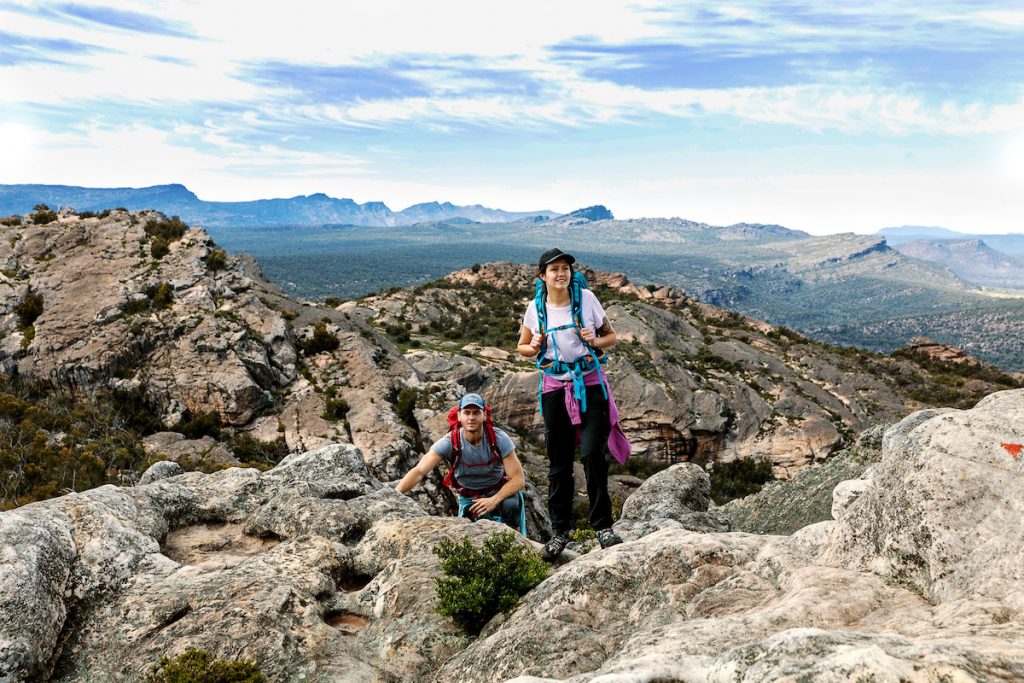





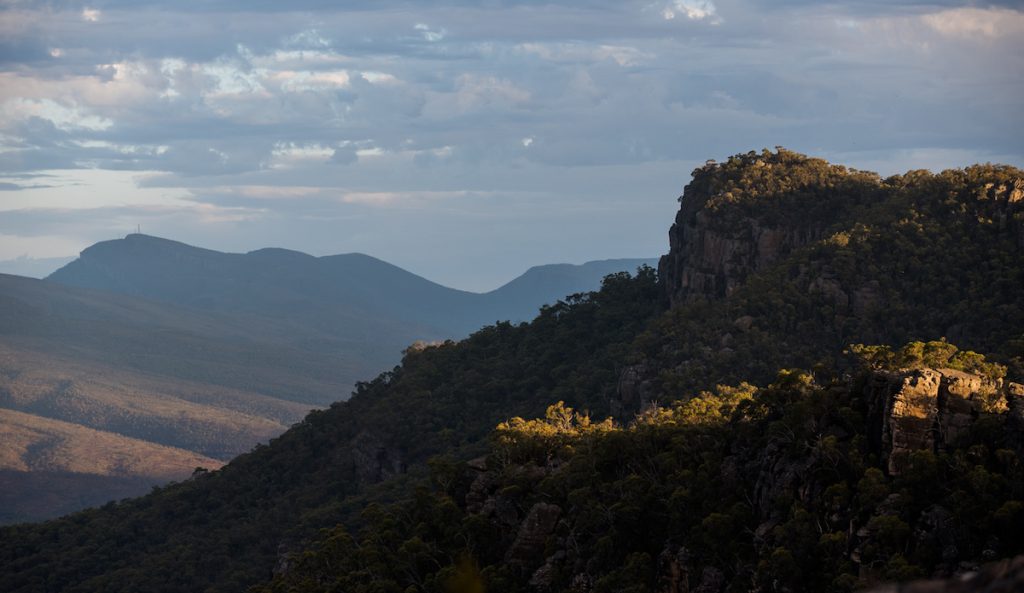
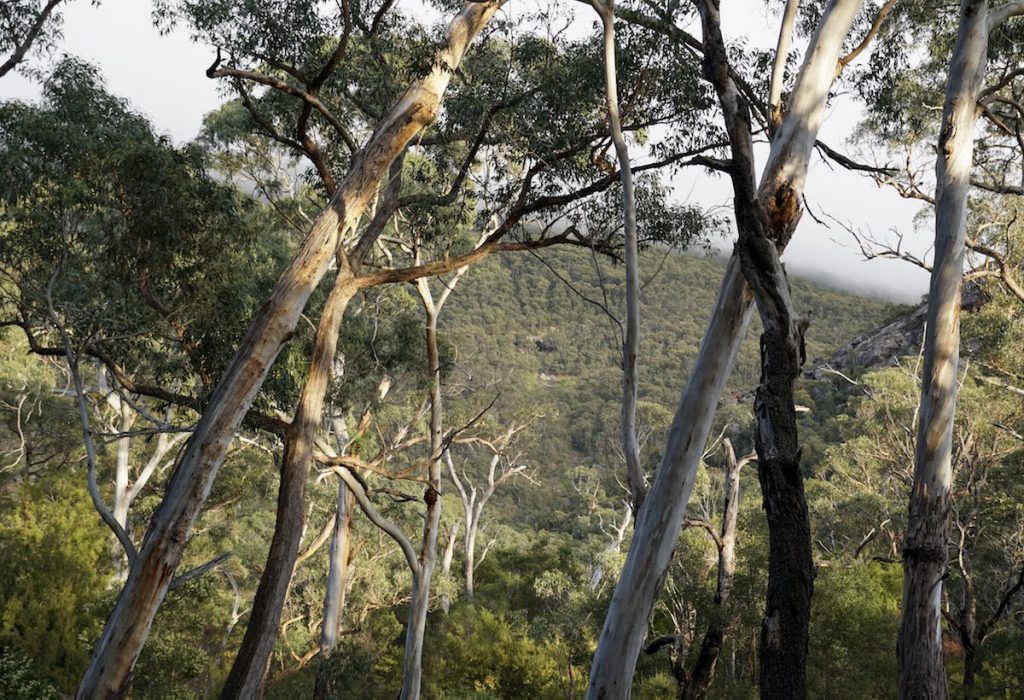
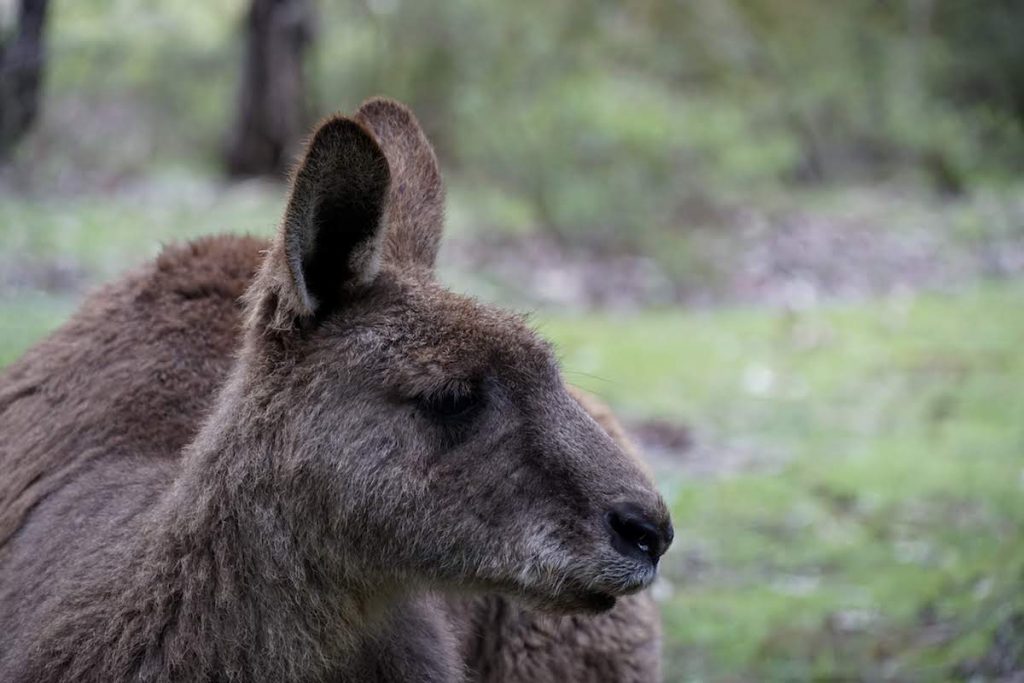

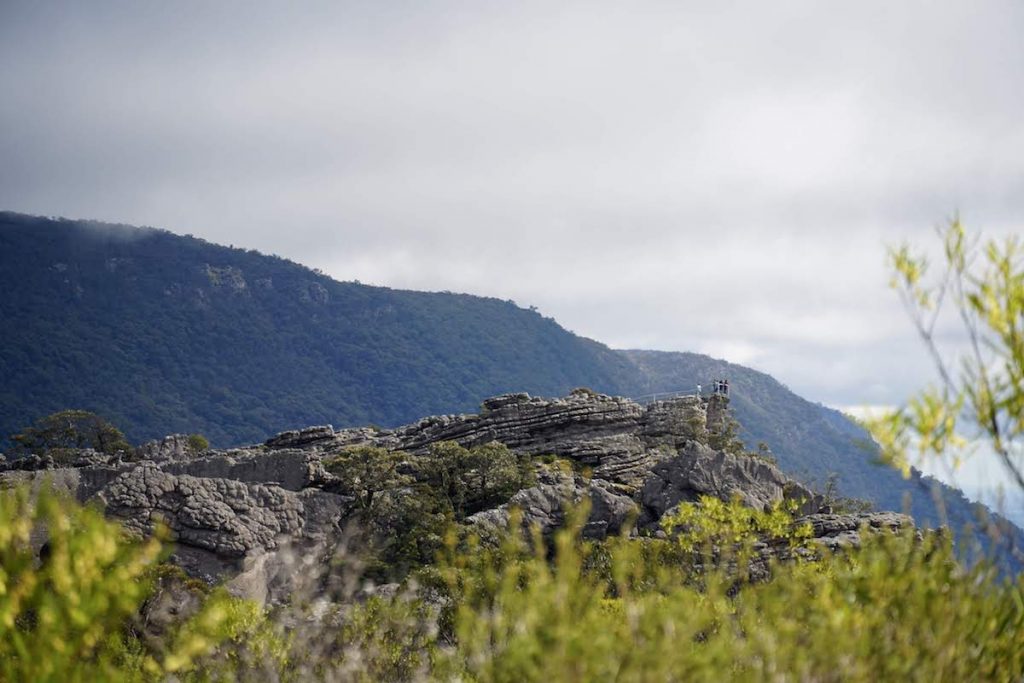

Follow the Grampians Peaks Trail!

Get in touch
We’d love to hear from you, so please contact us on any of the platforms below.
facebook.com/goodtimestoursvictoria
Jono Ingram – 0410 341 228 or @jonoingram
